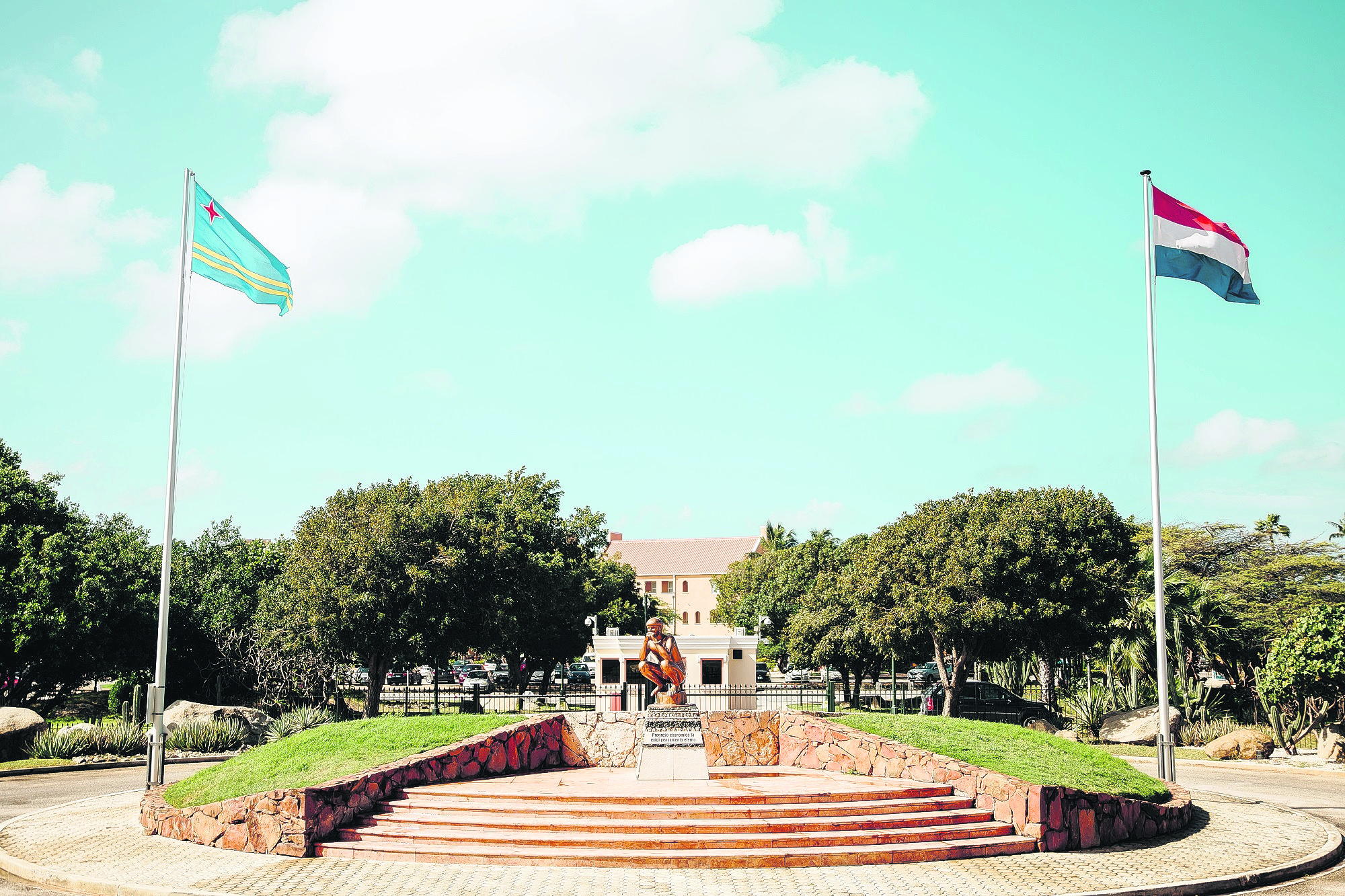ORANJESTAD — Today the Centrale Bank van Aruba (CBA) publishes the State of the Economy of the first two quarters of 2018. This publication provides a synopsis of the local and international economic developments of this period. The highlights hereof are presented below, including a summary of main economic indicators.
In comparison to 2017, Aruba’s economy seems to have performed marginally better in the first six months of 2018. The available tourism indicators show consistent buoyant developments as the number of stay‐over and cruise visitors, nights spent, as well as hotel occupancy and hotel revenues turned into markedly strong growth figures. Likewise, tourism receipts as reported by commercial banks trended strongly in the first six months of 2018.
The upbeat effects of tourism development are, however, mitigated in part by the mixed results emanating from various consumption and investment indicators. Consumer confidence declined, while business confidence contracted. On the other hand, the proceeds from consumption‐related taxes increased, whereas on‐going large investment projects continued, and the value of housing mortgages grew. Imports expanded significantly in almost every category, likely driven by higher demand from tourists and large investment projects. Combined with declining (non‐tourism) exports, this increase in imports signified a further deterioration of Aruba’s trade deficit.
CPI inflation saw an upward trend in the first half of 2018 resulting in an end‐of‐period inflation of 3.4 percent in June. Gasoline prices on average picked up by 10.6 percent in the first two quarters of 2018. Fruit prices experienced a spike of 4.0 percent from January to February 2018 (month on month), due to the closure of the Venezuelan border for trade with Aruba. Inflation is anticipated to rise further, pushed up by the higher turnover tax rate and BAZV rate as of July 1, 2018.
Total money supply widened to Afl. 4,330.7 million by end‐June 2018. This was caused mainly by an Afl. 126.2 million net expansion of credit to the public sector as a result of the net purchase of issued government paper by the commercial banks. The development of the net foreign assets’ position is above the traditional norms monitored by the Monetary Policy Committee (MPC) of the CBA. Reserves thus remained at an adequate level throughout the first two quarters of 2018.
Domestic credit extended to the private sector expanded by 0.8 percent to Afl. 3,159.2 million at the end of the second quarter of 2018 compared to the end of the fourth quarter of 2017. The fiscal deficit (on a cash basis) of the Government of Aruba improved to Afl. 2.9 million, or −0.1 percent of GDP, for the first half of 2018. Revenues showed a significant growth, rising by 10.9 percent (+Afl. 65.7 million) compared to the first half of 2017. Driving this revenue growth was an expansion in both tax revenues and non‐tax revenues. Stronger compliance helped to bolster tax revenue collection, to some extent supported by the continued efforts of the Tax Office to collect tax arrears.
The jump in non‐tax revenue was due mainly to higher dividend income revenue from state‐owned companies (+Afl. 49.6 million). Expenditure outlays fell slightly by Afl. 4.9 million to Afl. 675.2 million in the period under review, as development fund spending halted with the cessation of this fund. The government debt reached Afl. 4,178.9 million. As a result, the debt‐to‐GDP ratio stood at 85.6 percent at the end of the period, 1.2 percentage points lower than at the end of 2017.

















